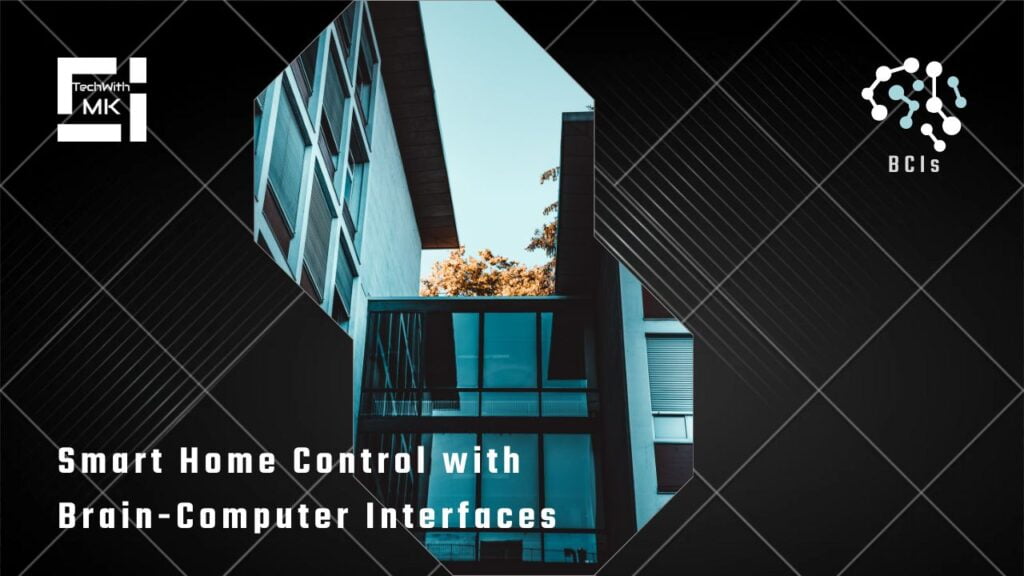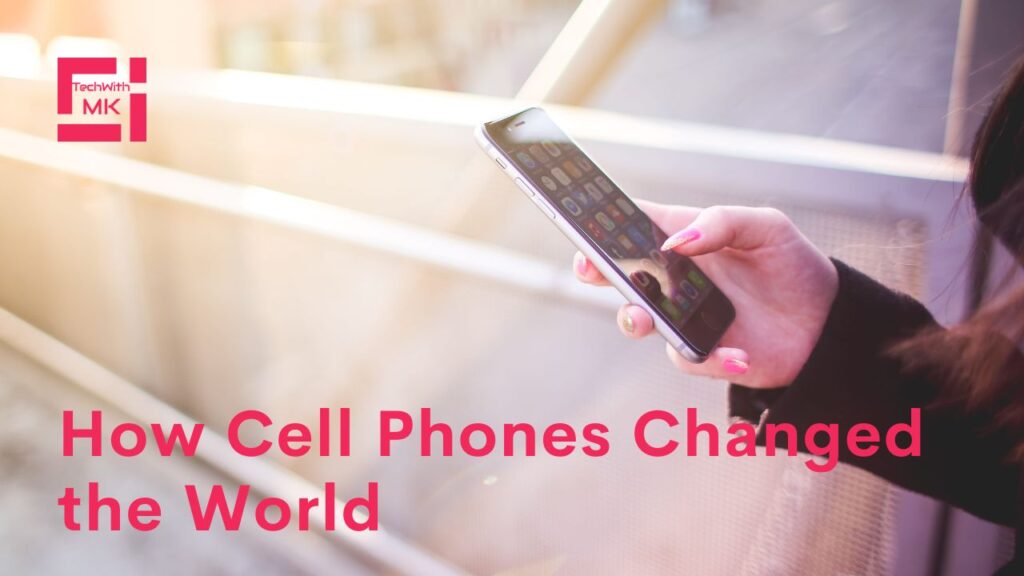Imagine waking up in the morning and simply thinking about your desired settings. The lights gradually brighten, the blinds open, and your favorite music starts playing softly in the background. As you move from room to room, the temperature adjusts to your comfort level, and appliances respond to your thoughts, effortlessly accommodating your daily routines. Want to know how this is possible? Let us find out.
Technological advancements have revolutionized how we interact with our homes in recent years. Smart homes have become increasingly popular, offering convenience, comfort, and energy efficiency. However, as technology continues to evolve, so do our expectations. Enter Brain-Computer Interfaces (BCIs), a groundbreaking innovation that can redefine how we control our smart homes.
Brain-Computer Interfaces (BCIs)
Brain-Computer Interfaces, also known as brain-machine interfaces, are communication systems that allow direct interaction between the human brain and external devices. BCIs work by recording electrical activity from the brain. They bridge the gap between the human mind and the digital world by translating brain signals into commands controlling various devices.
Advantages of BCIs in Smart Home Control
• Seamlessness and Efficiency: BCIs enable a seamless and efficient way to control smart home devices. BCIs would allow users to control their smart homes using their thoughts, eliminating the need for physical interfaces and saving time and effort.
• Accessibility and Inclusivity: BCIs can potentially empower individuals with physical disabilities or limited mobility. By utilizing brain signals, those unable to use traditional input devices can regain control over their environment. This technology opens up a new world of possibilities, allowing users to manage their smart homes easily.
• Personalization and Adaptability: BCIs can learn and adapt to an individual’s preferences and behavior patterns. The system can anticipate the user’s needs by analyzing brain activity and habits and adjusting the smart home settings accordingly. This level of personalization enhances the user experience and creates a truly customized living space.
• Multitasking and Convenience: With BCIs, controlling multiple devices becomes effortless. Users can effortlessly adjust lighting, temperature, audio systems, and more, all with a simple thought command. This multitasking capability enhances convenience, allowing users to focus on other activities while managing their smart home environment effortlessly.
• Enhanced Safety and Security: BCIs can enhance home security systems. By utilizing brainwave authentication, BCIs can provide an extra layer of security, ensuring that only authorized individuals can control smart home devices. Additionally, BCIs can monitor the user’s mental state and alert emergency services in the event of a medical emergency or abnormal brain activity, enhancing overall safety within the home.
Challenges and Future Prospects
While BCIs offer immense potential for smart home control, several challenges remain. Developing reliable and accurate brain signal detection, ensuring user privacy and data security, and refining the user experience are among the key hurdles to overcome. However, these challenges we gradually being addressed with ongoing research and advancements in neurotechnology.
Progress made in BCIs till now
Brain-Computer Interfaces (BCIs) have made a lot of progress and are getting closer to their full potential. They have gotten better at detecting and understanding signals from the brain, which means people can control devices with their thoughts more accurately. BCIs now work with different devices, like smart homes and virtual reality. They can also monitor how the person’s brain is doing, change things to match, and even let people do more complicated things with their thoughts. For more reference, please refer to Progress in Brain Computer Interface article on frontiers.
Conclusion
Brain-Computer Interfaces can revolutionize how we interact with our smart homes. By harnessing the power of our thoughts, BCIs offer seamless, personalized, and efficient control over our living environments. From enhancing accessibility to improving security and convenience, integrating BCIs in smart home control systems opens up a world of possibilities. As this technology continues to evolve, we can expect to witness a paradigm shift in how we experience and interact with our homes.
Furthermore, the impact of BCIs extends beyond the boundaries of our homes. As smart cities and interconnected ecosystems become more prevalent, BCIs can be vital in managing our interactions with the external environment. For example, BCIs could control smart transportation systems, public infrastructure, and urban utilities, creating a seamless and sustainable living experience. The possibilities are vast, and we are only scratching the surface of what BCIs can achieve.
FAQ
Is using BCIs for Smart Home Control safe?
BCIs used for Smart Home Control are designed to be safe and non-invasive. However, it is important to follow proper usage guidelines and ensure the security and privacy of the user’s neural data.
Can anyone use BCIs for Smart Home Control?
Yes, BCIs can benefit many users, including those with physical disabilities or limited mobility. However, individual training and adaptation may be required to use BCIs effectively.
What are the disadvantages of BCI?
While Brain-Computer Interfaces (BCIs) offer exciting possibilities, they come with drawbacks. However, ongoing research aims to address these limitations and enhance the usability and accessibility of BCIs.
What challenges do BCIs face?
Challenges include improving signal detection accuracy, addressing privacy concerns, refining the user experience, and developing miniaturized and wireless BCI technologies.
Can BCIs be used with other devices and technologies?
Yes, BCIs can be integrated with various devices and platforms, such as virtual reality systems, assistive technologies, and smart city infrastructure, expanding their applications beyond smart home control.
Who invented Brain-Computer Interface?
Scientists Jacques Vidal conducted early research in the 1970s that laid the foundation for the concept of Brain-Computer Interfaces (BCIs).
However, the development and advancement of BCIs have involved contributions from numerous researchers and innovators over the years. Notable pioneers include Theodore W. Berger, who worked on implantable BCIs, and Philip Kennedy, who developed the first intracortical BCI.


